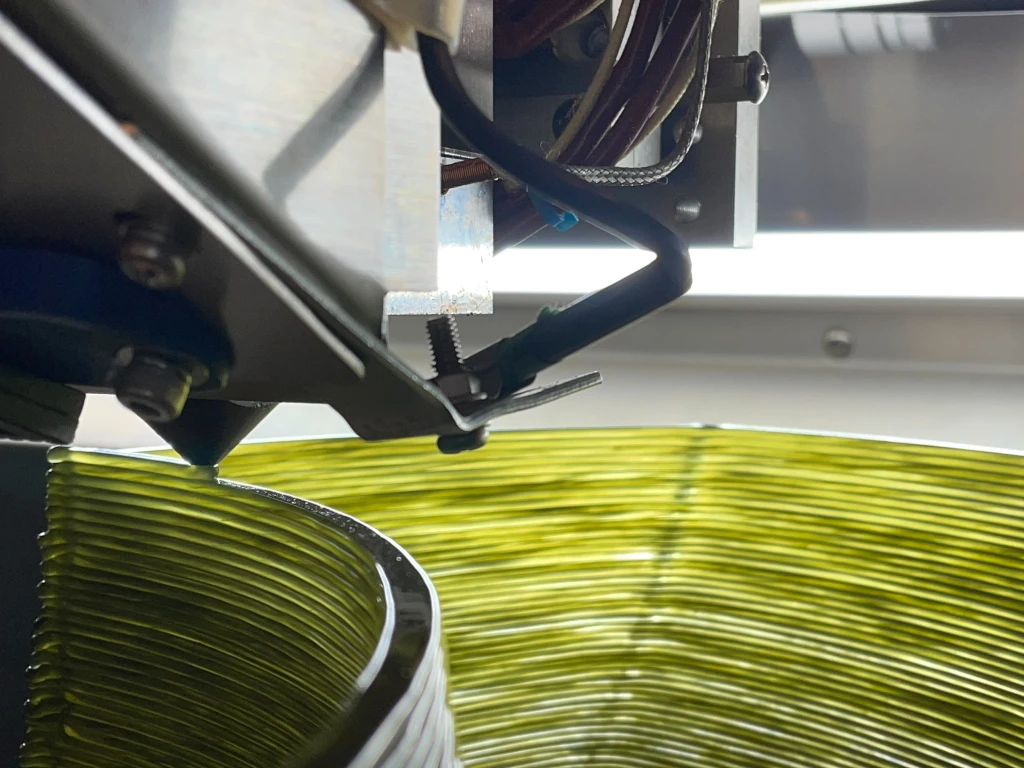- Locale
- ja
- en
Partners
"Two Cranes” Co-Creation Project: Symbiotic Upcycling of Plastics Through 3D Printing
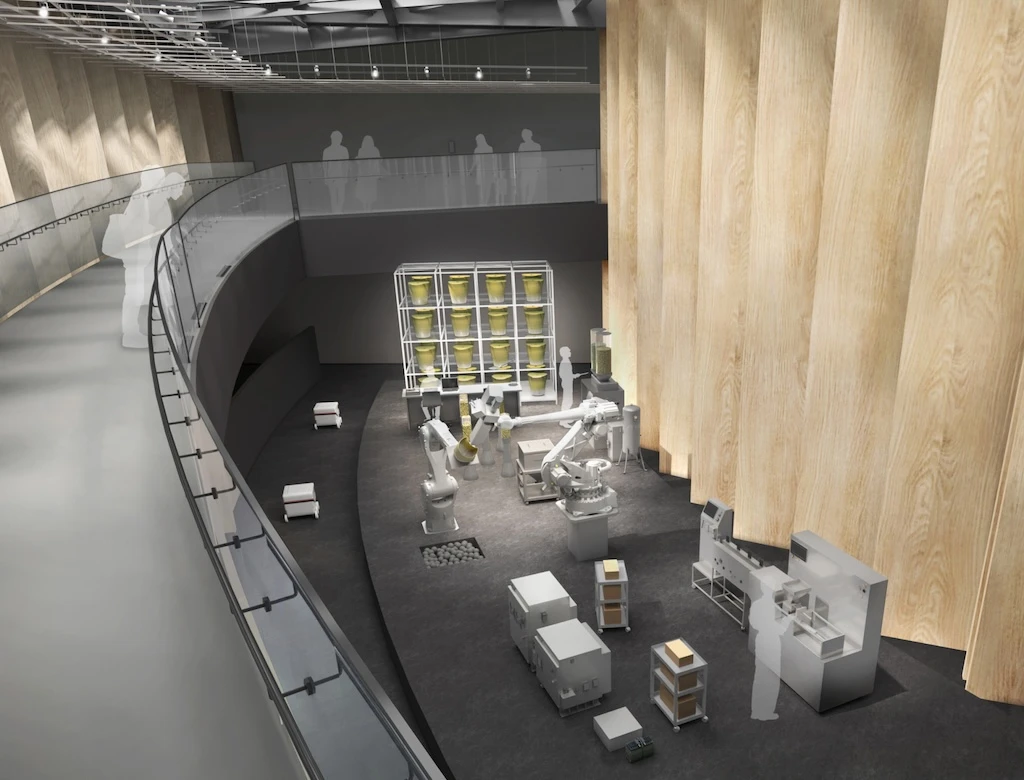
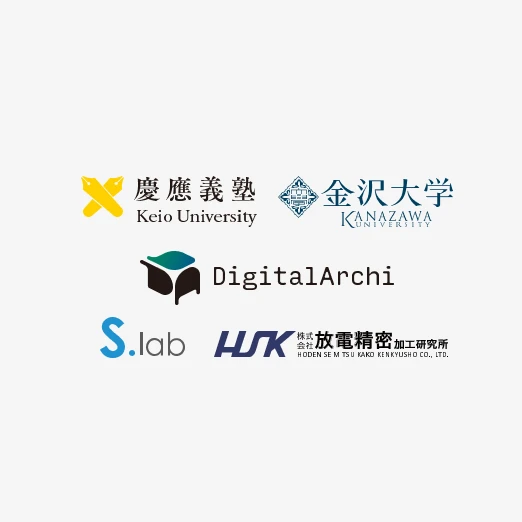
Special Collaboration Project: Keio University COI-NEXT (Co-Upcyling), Kanazawa University COI-NEXT (Bioplastics),S.lab Inc.,DigitalArchi Co., Ltd.,HODEN SEIMITSU KAKO KENKYUSHO CO.,LTD.
This project features an advanced “circular manufacturing system” centered on two 6-axis robot arm 3D printers called the “Two Cranes.” It is a collaboration between Keio University COI-NEXT (Symbiotic Upcycling), Kanazawa University COI-NEXT (Polysaccharide Bioplastic Circular Platform), S. Lab Inc., DigitalArchi Corporation and Hoen Seimitsu Kako Kenkyusho (HSK). These organizations have come together to showcase the future of factories. Using unique plastic materials blended with unused natural resources, the “Two Cranes” system exemplifies the comprehensive realization of manufacturing, inspection, finishing, repair and recycling of products.
Could you tell us the reasons and background behind your decision to sponsor the Japan Pavilion?
We have been developing domestic 3D printers for over 10 years as part of a national research and development project. As a manufacturing method, 3D printers do not generate any waste or noise, and also use very little electricity. Further, items no longer in use can be recycled and reused as parts or materials in 3D printing. Also, for Expo 2025 Kansai, Osaka, Japan we are using bioplastics made from plants rather than petroleum. We joined as a sponsor for the event because we wanted to showcase the latest 3D printing technology focused on environmentally friendly “circular manufacturing” to the world.
We also wanted to highlight the organic and lifelike movements of the two robot arm 3D printers, which resemble two cranes symbolizing life as they work together. At Expo 2025 Kansai, Osaka, Japan, we will likely see products made with 3D printers throughout the venue. However, the appeal of 3D printing lies not only in the finished products but also in the creation process and its motions. The two cranes cooperate, sometimes resting or encouraging and helping each other as robots collaborating to create. We wanted to embed the cultural essence of Japanese 3D printing not only in the finished products, but also in the conduct and behavior of the two robot arms as they collaborate – two cranes moving in perfect harmony.
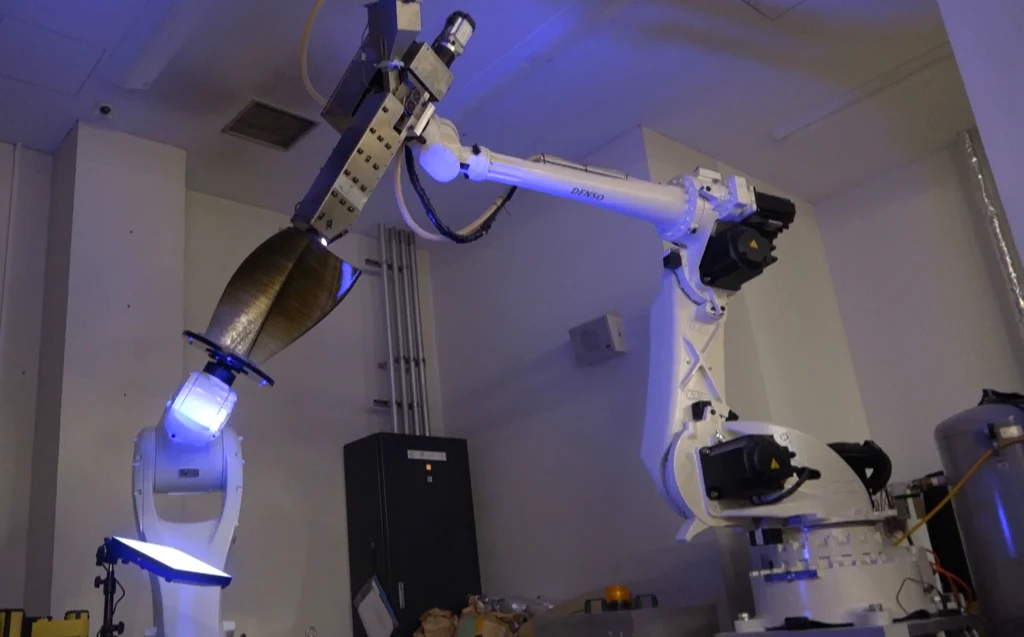
In the lead-up to the Expo, have you observed any changes either within your company or externally?
This team was formed specifically for Expo 2025 Kansai, Osaka, Japan. Previously, Keio University COI-NEXT (Symbiotic Upcycling) has been conducting comprehensive research on circular manufacturing. Kanazawa University COI-NEXT (Polysaccharide Bioplastic Circular Platform) has been researching domestic bioplastics, S. Lab Inc. has been developing the machinery foundational to domestic 3D printers, DigitalArchi has been working on the motion control technology for robotic arm-type 3D printers, and Hoen Seimitsu Kako Kenkyusho has been pioneering the composite plastic manufacturing technology. These technical elements developed separately are now being combined and showcased in a single package at Expo 2025, creating new energy within the teams. Traveling between places like Kamakura, Kanazawa, Sagamihara and Kyoto has also helped generate fresh perspectives. Finally, since this team includes both universities and companies ranging from startups to large corporations, we have been able to consistently share new and inspiring viewpoints.
Although we refer to “Keio University COI-NEXT (Symbiotic Upcycling)” and “Kanazawa University COI-NEXT (Polysaccharide Bioplastic Circular Platform)” by abbreviations, their full titles are “Center for Co-creation of ‘Symbiotic Upcycling Society’ Connected by Respect” and “Co-Creation Platform for Circular Economical System Supported by Completely Recyclable Plant-derived Polysaccharide Plastics”, respectively. The two teams are working on building collaborative systems among industry, government and academia, aiming 10 years in the future. The plan is to continue the activities of these hubs even after Expo 2025 ends.
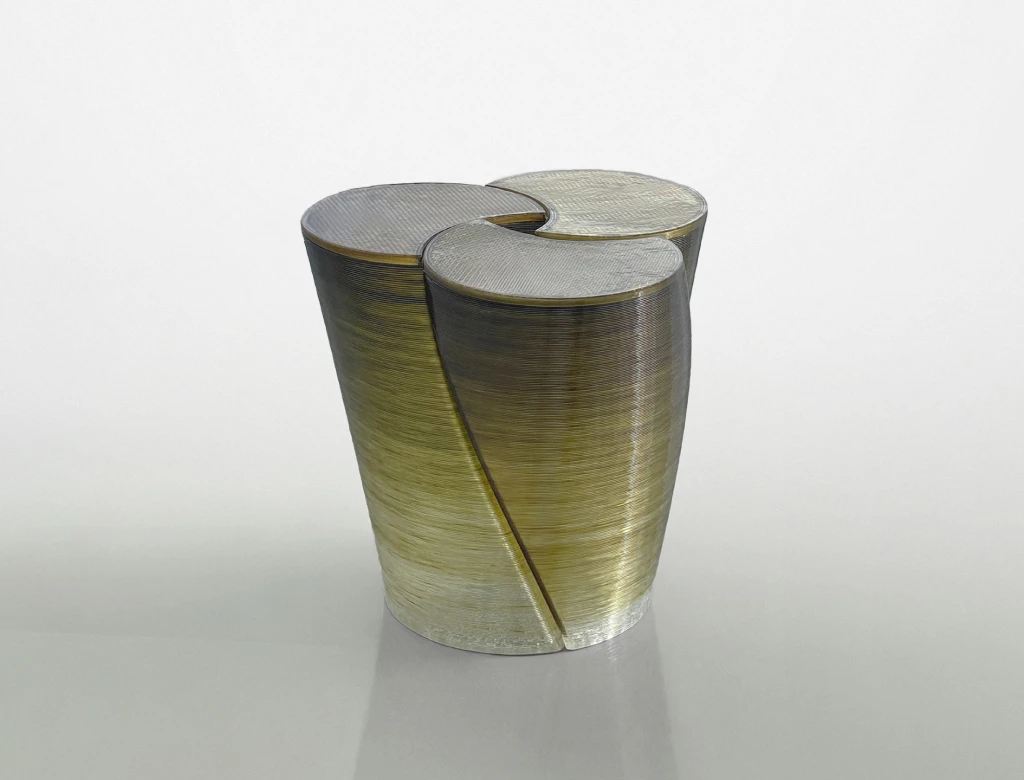
Does your company have any initiatives that focus on a "circular" approach?
Rather than within our organization alone, we are practicing circular urban development involving local communities in respective locations. For example, Keio University COI-NEXT (Symbiotic Upcycling) operates in Kamakura, a city with a population of over 100,000 that has the highest recycling rate among municipalities in Japan. In Kamakura, the municipality collects plastic products in collaboration with citizens, and we use domestic 3D printers to create public benches, playground equipment and flowerpots that are installed in public spaces. This cycle creates a sense of contribution to both the “Earth (the environment)” by reducing waste and the “community (the public)” by increasing public amenities like benches and playgrounds. The citizens involved in this process are not referred to as “consumers” but as “circulators,” and we are incorporating this idea into educational programs for future generations. Further, Kanazawa University COI-NEXT (Polysaccharide Bioplastic Circular Platform) is conducting research to create plastics from plants grown in Japan. “Circulation” can take many forms, from global to domestic to regional, and each company is working to create a circle of circulation that expands outward.

What are your expectations for the Japan Pavilion and the Expo?
Through the Japan Pavilion, we hope to realize a future for “resource recycling facilities” different from the past. Japan is facing an aging population and declining birthrate, and the traditional approach of having incineration plants in each municipality where waste is burned will gradually become unsustainable. Waste treatment facilities will evolve from “incineration” to “resource recycling,” and further, they will become “complex facilities” including educational, research, incubation, gallery, accommodation and manufacturing functions. We hope the Japan Pavilion will serve as the first step in sharing this future image of recycling facilities. We also want it to be the starting point for discussions among local government officials and stakeholders about the kind of recycling facilities they want in their regions. We are working with the National Institute for Environmental Studies (NIES) to develop tools for municipalities to consider in planning such facilities. We hope the Expo 2025 Kansai, Osaka, Japan can spark a nationwide movement in these new directions.

How do you envision the Expo influencing society for the better? Also, what actions do you believe your company can take to support that transformation?
Looking ahead 10 or 20 years, we should aim for a society where co-existence and co-creation are fundamental, and where wisdom and strength are combined to facilitate a fundamental transition in society. To achieve this, we believe it is important for us to practice these principles ourselves. Keio University and Kanazawa University are each operating hubs as part of the “Co-Creation Opportunity Formation Support Program (COI-NEXT),” a program sponsored by the Japan Science and Technology Agency (JST). The program intends to develop research and development initiatives based on a back-casting approach from a vision of what society should look like 10 or 20 years from now. The program involves universities, businesses, citizens and local governments, and startups are continuously being created. Ultimately, we want to cultivate “jobs of the future” and foster new human resources who will take on these roles.
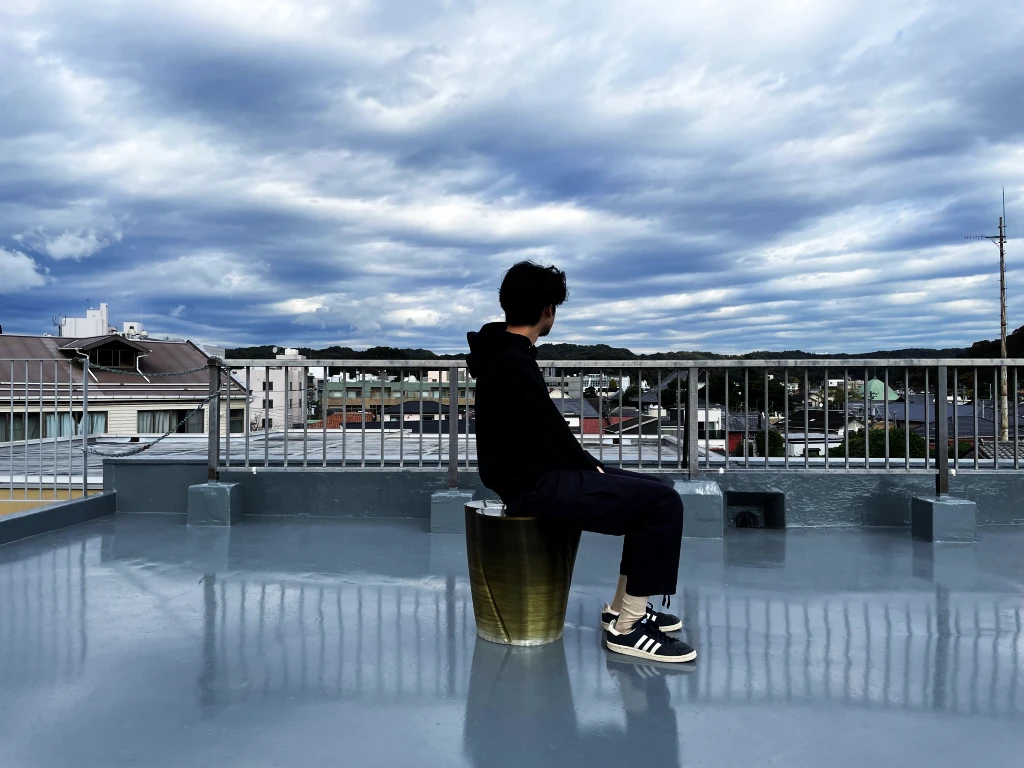
Lastly, if there’s any message you’d like to convey to our readers, please let us know.
We are working on a “long-life upcycling” approach, where we use 3D printers to transform plastic products, which traditionally have a “one-way” image – used and discarded – into items that can be cherished and used for a much longer time. Within this effort, we are mindful of collaborating with the diverse living organisms on Earth, such as microorganisms and algae, as well as people of all ages and backgrounds. This collaborative approach is what we call “Symbiotic Upcycling.” We aim to create new technologies and systems for “circular manufacturing” under this concept. Our next challenge is to develop the idea even further to expand beyond manufacturing through “circular city-building.” We hope that you, too, will think about new systems for cities that “do not generate waste.
